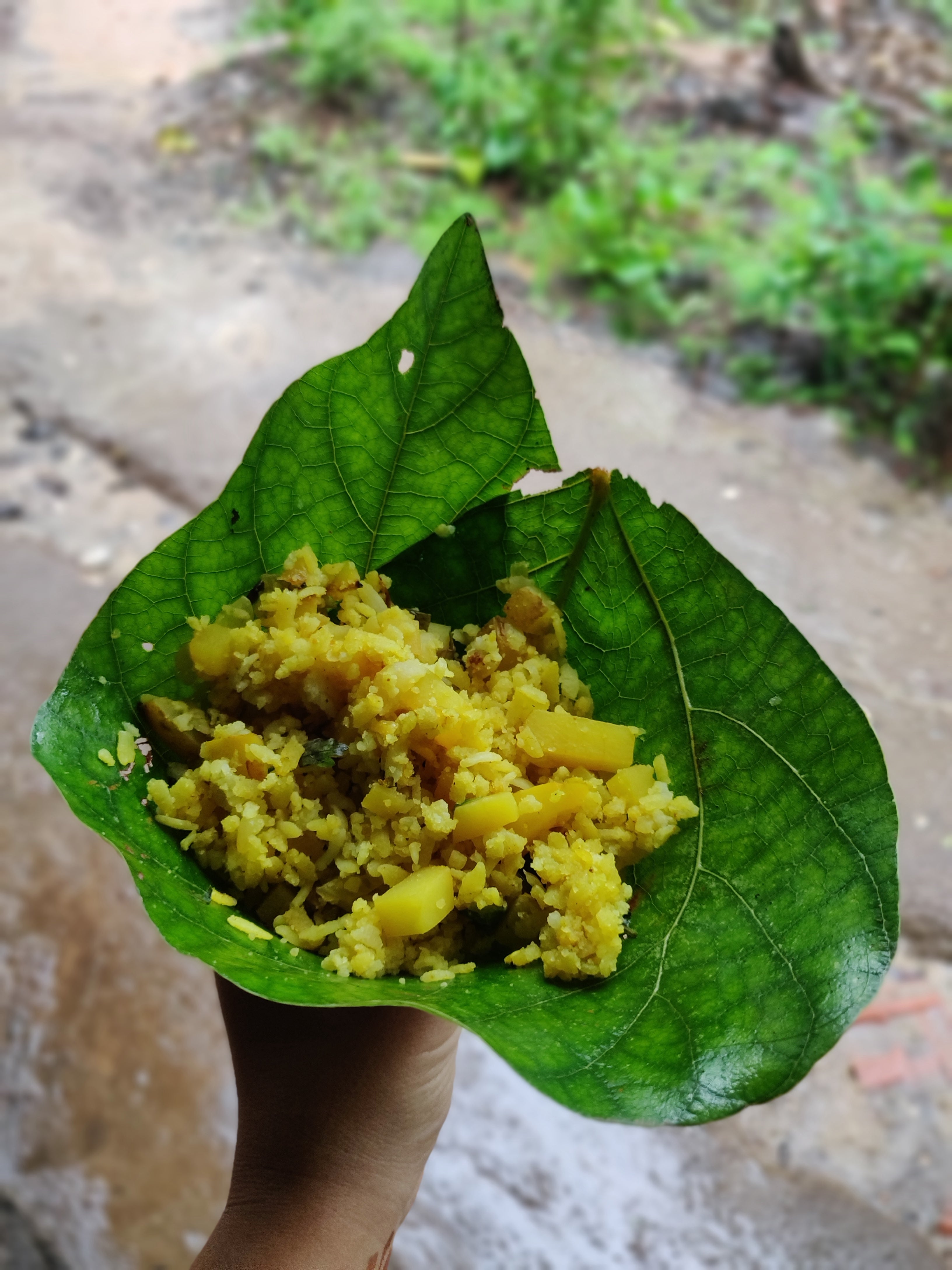-- written by Aishwarya Phadke

The north-eastern states are a part of India, but they are so strikingly different in terms of culture, so far removed in terms of geography, that when one visits them, it almost feels like they could be a different country.
Manipur is one of the seven sister states in the north-east of India but it’s not as popular among mainland Indians as Assam or Meghalaya. The mention of Manipur immediately brings forth images of tribes wearing colourful mekhalas. Some of us have also heard of their diet comprising infamous meats including dog-meat. But that is generally the extent of it.

The hills are where I spent most of my time during my visit in March 2020. Manipur’s tribes reside in the hills, while the Meitei population mainly occupy the valley. My friend Rucha, who works with an organization called Sunbird Trust in Manipur, was the catalyst for my trip. Sunbird Trust, who is responsible for building schools in remote villages of Manipur, wanted to explore the possibility of setting up sustainable tourism to support the tribal livelihoods. They invited me to visit and submit recommendations on the same and I couldn’t be more thrilled.
In my 12 days of travel, I got to visit more than half a dozen villages in some of the remotest parts of Manipur. Moving around every couple of days meant getting acquainted with different sub-tribes and their food cultures. Since I’m always curious to know what people eat and how they cook, I’d always hang around the kitchen to document meals being prepared. I have never eaten food as simple and grounded as in Manipur.
In a village named Puichi, the Pastor was getting married. It was a grand affair and the whole village was invited. The villagers also seemed to be helping with all the preparations.

The entire set up was eco-friendly with generous use of bamboo as serving vessels, as an innovative hand-washing device and more. The tribals who otherwise live very modestly, were dressed in their fanciest, most exquisite mekhalas and rejoicing in the celebrations. The feast included different meats cooked in colorful curries. The vegetarian fare was a salad of wild roots, a boiled cabbage and carrot broth, and rice. The wild roots would’ve taken time getting used to and so more than the taste, I enjoyed the ambience.

I was grateful to be invited even though I was a stranger and I sat happily amongst the locals on that cool afternoon with sunshine aplenty.
Rucha told me later how difficult treating the whole village to a wedding feast is for these simple folk. As a way out, eloping is quite common in these tribal groups. Most families even encourage couples to elope and get married, only to come back, apologize to the church and then host a much smaller party. Reminding myself that they are tribals who still live as hunter-gatherers along with basic farming, I was amazed at how different their lives looked compared to mine. For a person who has grown up in mainland India, all that I was witnessing seemed to be from another planet almost.
It was only when I experienced the hardships of their situation that I developed real empathy for them. They don't eat dogs or rather any meat in big quantities everyday. They cook and eat wild leaves, tubers that they find with rice that they themselves grow for sustenance.

They can afford meat quite infrequently and are therefore experts on preserving it, so as to consume it in smaller portions over longer durations. They don’t differentiate between animals while hunting, because their ancestors taught them to sustain themselves that way. They are still way more connected to nature than any of us urban people.
While in Manipur, the kitchen quickly became my favourite room irrespective of which village. Separated from the main house, the kitchens are community spaces, where guests and hosts gather and spend long hours warming themselves by the fireplace. It’s where mothers bathe their young children with hot water drawn from the fire, and it’s where the simplest meals are cooked and shared over stories.



The more villages I went to, the more locals I got to observe. Poverty is very real, good education is still a distant dream for most, but I always felt the warmth and power of community wherever I went. In spite of lesser means, families could be seen spending days contentedly on their small farms, or at choir practice or in their spacious kitchens.


Manipur was an eye-opener for a city-bred person like me. The food that nourished me during those days must’ve put strain on the hosts but they never let me feel it.

It made me think about my privilege and I developed even more respect for villages closer to home in Maharashtra. Compared to Manipur, there’s abundance in most of rural Maharashtra, and I was reminded to take more efforts to stay connected to villages close by.











1 comment
Riddhi Sanghvi
What a beautiful post.
And some amazing photos.
It must have been an amazing experience I am sure, because it reflects in the way it’s narrated.
It’s so good to know about places and cultures that we’ve never known before. It ignites an urge to travel to these beautiful villages and live a life like the locals. I am sure there’s nothing more peaceful and pure than that.
What a beautiful post.
And some amazing photos.
It must have been an amazing experience I am sure, because it reflects in the way it’s narrated.
It’s so good to know about places and cultures that we’ve never known before. It ignites an urge to travel to these beautiful villages and live a life like the locals. I am sure there’s nothing more peaceful and pure than that.